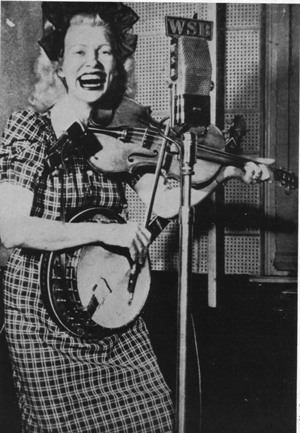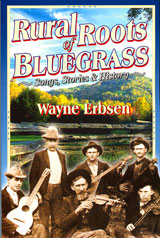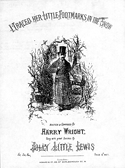
When one thinks of the banjo today what generally comes to mind is a picture of a man in an ensemble playing serious, often jazz-like music based on a style initiated by the most influential and widely imitated banjoist of all time, Earl Scruggs. This style is barely 50 years old and has involved a long evolution since the gourd instrument that came here from Africa in the 17th and 18th centuries. That instrument was handmade from whatever organic materials would be available. The sound was quiet often solo but soon after Africans were brought here as slaves they no

 Accompanied by his back-up band of
Accompanied by his back-up band of 



 By Wayne Erbsen
By Wayne Erbsen